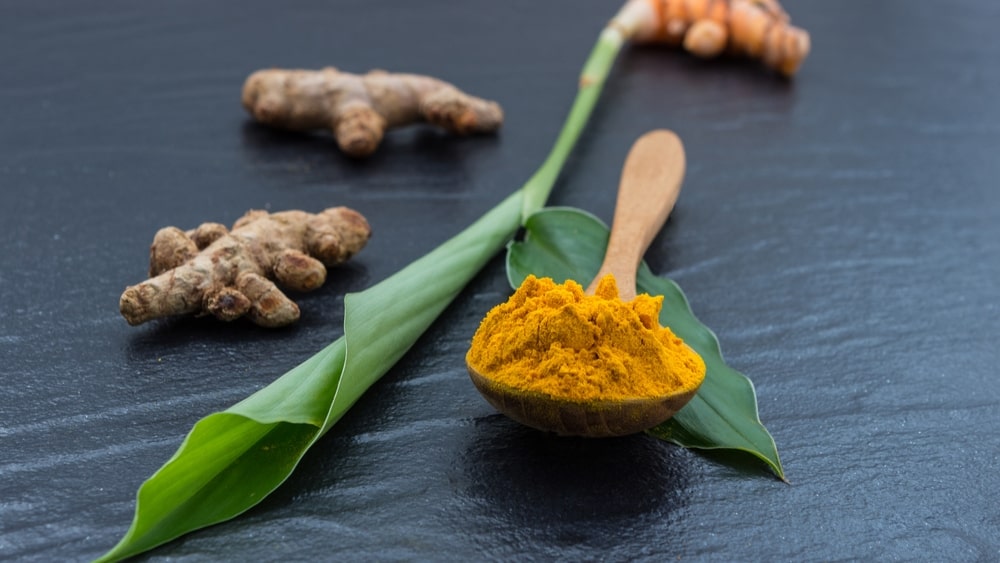Siddha medicine is also one of the oldest traditional medicines. This healing system is originated in South India. This system is based on ancient medicinal practices as well as spiritual disciplines. It also includes alchemy and mysticism. This system is thought to have developed between 2500 and 1700 BC.
Siddha medicine originated in Tamil Nadu, India as evident in the earliest Tamil writings (Tamil is one of the principal Dravidian languages). There are references in the literature of Tamil Sangam (1st–4th century CE), in the Tolkappiyam (“Ancient Literature”), a treatise on grammar and poetics, and in Tirukkural (“Sacred Couplets”), a work attributed to the Tamil poet-saint Tiruvalluvar about this system.
Principe of Siddha medicine
The concepts of the Siddha medicine system are also allied to the Ayurveda system. The only difference is that the Siddha medicine is based on the concept of Vaadham, Pitham, and Kabam in childhood, adulthood, and old age, respectively, whereas in Ayurveda, it is totally reversed, as said Kabam is dominant in childhood, Vaatham in old age and Pitham in adults.
According to the Siddha medicine, various psychological and physiological functions of the body are made up of the combination of seven elements namely:
- ooneer (plasma) is responsible for growth, development, and nourishment;
- ischeneer (blood) is responsible for nourishing muscles, imparting color, and improving intellect;
- oon (muscle) is responsible for the shape of the body;
- koluppu/Kozhuppu (fatty tissue) is responsible for lubricating joints as well as oil balance;
- elumbu (bone) is responsible for body structure and posture and movement;
- elumbu majjai (bone marrow) is responsible for the formation of blood corpuscles; and
- sukkilam (semen) which is responsible for human reproduction.
In this medicine system, the physiological components of humans are classified as Vaadham (air), Pitham (fire), and Kabam (earth and water) like as Ayurveda system.
The Five Elements:
According to this medicine system, the five elements that exist in nature are earth, water, fire, air, and ether, all of which form the original basis of all corporeal things. Traditionally, it is believed that there is an intimate connection between the macrocosm of the external world and the microcosm of the corporeal being. As per the system, the element of earth is present in the human bone, flesh, nerves, skin, and hair; water, as an element, is present in bile, blood semen, glandular secretions, and sweat; the fire element is present in hunger, thirst, sleep, beauty, and indolence; the air is present in contraction, expansion, and motion; and the ether is present in stomach, heart, neck, and head.
Role of Pharmacognosy in Siddha System:
The siddhars did extensive research on plants and devised methods by which plants are used to control many diseases and also cure medicinally. There are many plants that are also described by them which are poisonous in nature as well as some plants are also used as antidotes for them. Therefore, plants are classified based on the way they affected the body.
Siddha medicine gives importance to the multiple uses of plants and minerals. For simple ailments, herbs are used as a preliminary treatment in this system. According to Siddha’s theory, it is believed that mercury preparations provided immunity to the body from decay, enabling it to conquer disease. Mercury and sulfur are used as supreme curatives even though those minerals are extremely toxic to the human body. Siddha medicines are used for the management of chronic diseases and degenerative conditions, such as autoimmune conditions, rheumatoid arthritis, collagen disorders, and conditions of the central nervous system but the effectiveness are varied as per the situations. Some examples are like the leaf extract of Adhatoda vasica is used to cure bronchial asthma, eosinophilia, seeds and leaves of Apium graveolens are used in the treatment of asthma and bronchitis as well as liver and spleen diseases, roots of Boerhavia diffusa is used for the treatment of asthma, etc.
Make sure you also check our other amazing Article on : Plant Fibres
